5 Things to Do in Little Tokyo, California
Never been before? We’ll be your trustee Little Tokyo guide with a day’s worth of fun things to do in Little Tokyo.
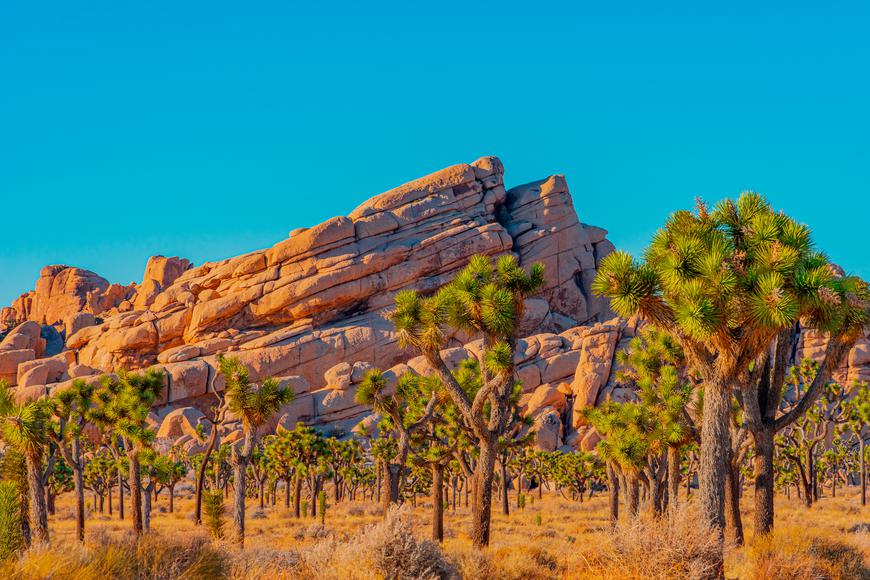
Named after the towering, oddly shaped plants that adorn its fascinating terrain, Joshua Tree National Park is a popular destination in SoCal. The trees aren’t the only interesting thing about the park, however. Unbeknownst to many of the visitors, there’s so much to find out about this iconic site. Trust us when we say that going to Joshua Tree is a lot more fun when you know all the interesting pieces of trivia about the place. Whether you’re a wildlife buff, an outdoor enthusiast, or maybe just planning a visit, these Joshua Tree National Park facts will certainly raise an eyebrow.
A public law act in 1976 devoted 429,690 acres of land to Joshua Tree National Monument for the wilderness. Fast forward twenty years, the California Desert Protection Act incorporated another 164,000 acres. This same act changed the land from a national monument to a national park. In 2009, another act added 36,700 more acres. Overall, nearly 85% of the 792,623 acres that Joshua Tree has today is managed as designated or potential wilderness.
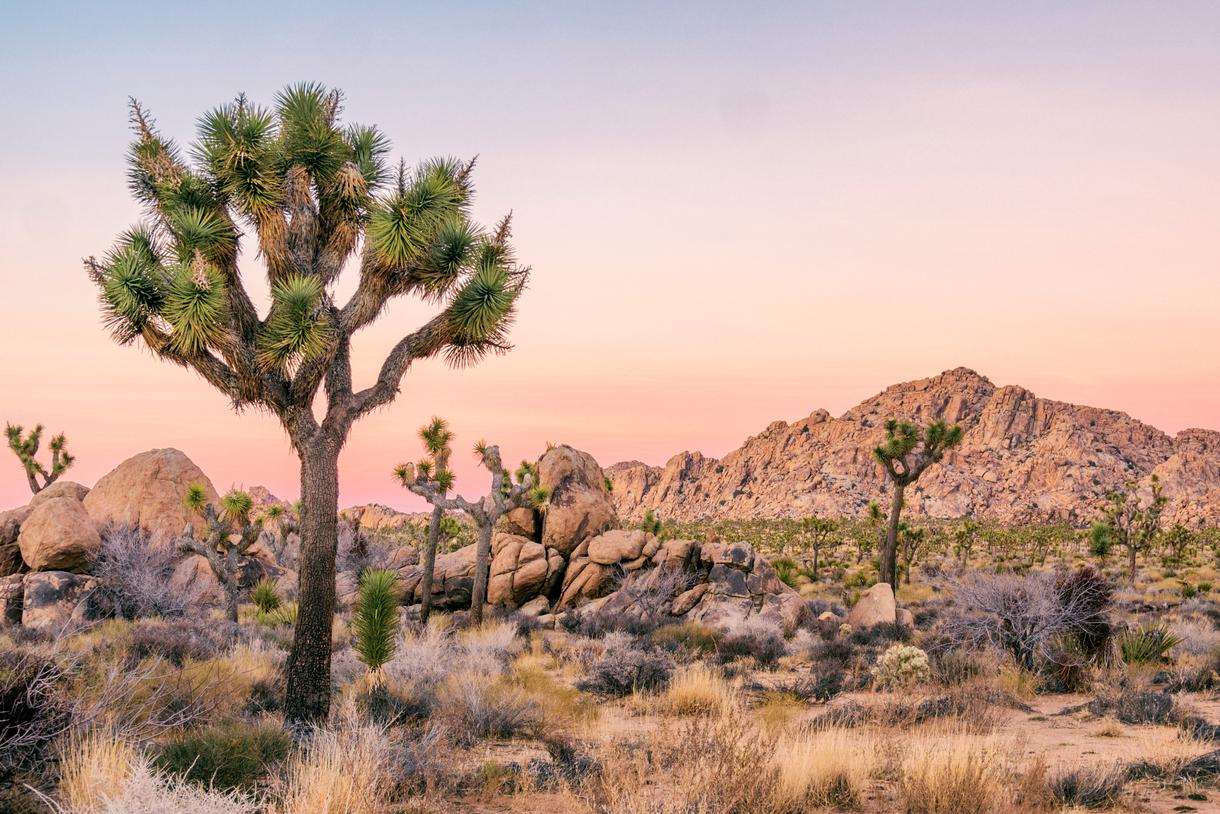
Another one of the Joshua Tree facts is that Joshua trees aren’t trees at all. They are actually a species of yucca that belong to the same subgroup as orchids and flowering plants. Joshua plants are known to grow as little as 1 to 3 inches each year, giving them a longer lifespan (nearly 150 years). Although they mainly grow in the Mojave Desert, you can also find them in the Sonoran Desert.
Joshua Tree National Park shares a part of three distinct ecosystems. The southern side of the park is a section of the Colorado desert. Ocotillo plants and cholla cactus characterize this portion of Joshua Tree. The western part, on the other hand, meets the San Bernardino Mountains and is home to California juniper as well as pinyon pine trees. The northern section consists of the Mojave Desert’s southern borders. This is where you’ll see the national park’s namesake, the famous Joshua trees. The diversity of Joshua Tree also makes it an interesting park for camping or even staying for the weekend.
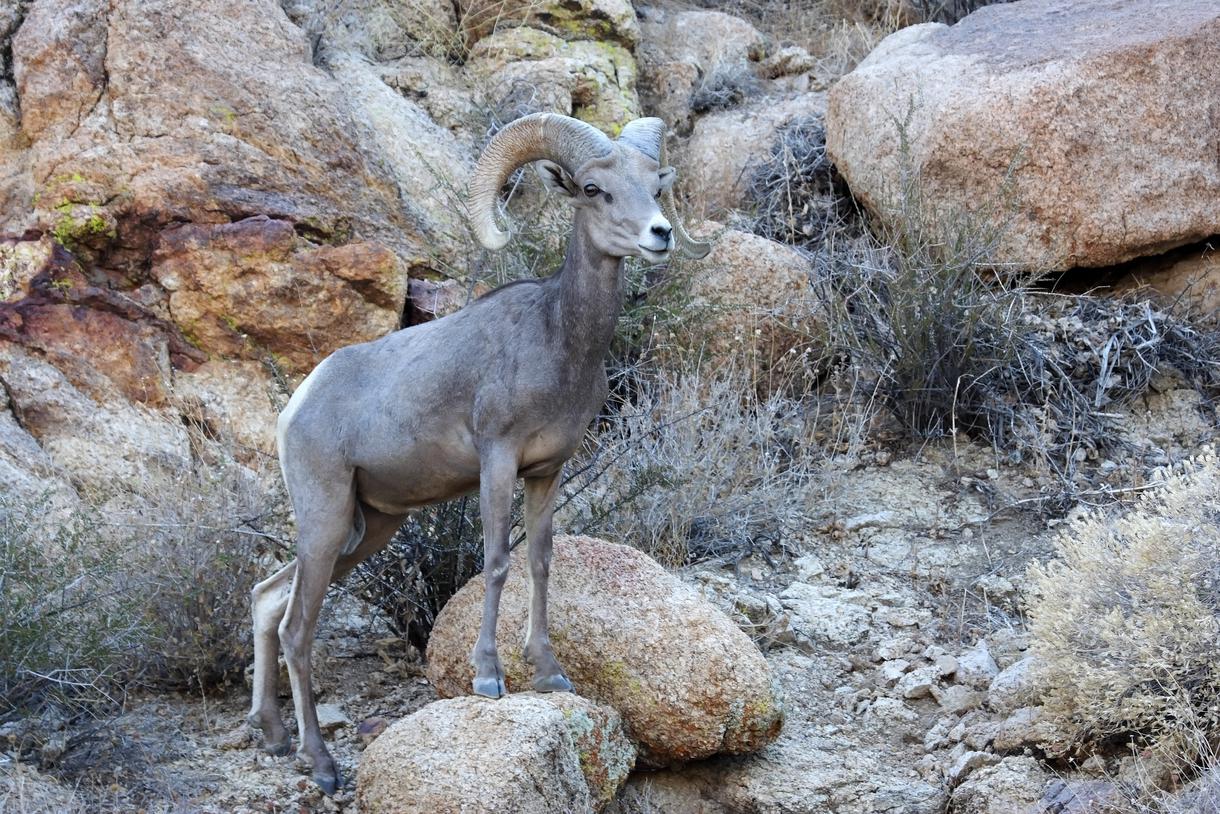
Don’t let the seemingly empty landscape of Joshua Tree fool you. In fact, 57 mammal species inhabit this national park, besides 46 reptile species, 250 bird species, and 75 types of butterflies. You’ll find coyotes casually wandering around as well as larger mammals such as the bighorn sheep. The animals that particularly thrive in Joshua Tree include gophers, kangaroo rats, jackrabbits, and round-tailed ground squirrels. Bighorn sheep, mountain lions, and bobcats can also be spotted in the park.
The first group of Indigenous people to inhabit the land that we now call Joshua Tree National Park lived there four to eight thousand years ago. Then came the Serrano, followed by the Chemehuevi, the Cahuilla Indigenous people. Miners and cattlemen arrived in the 19th century AD. The 1900s saw homesteaders who occupied those lands digging wells, planting crops, and building cabins.
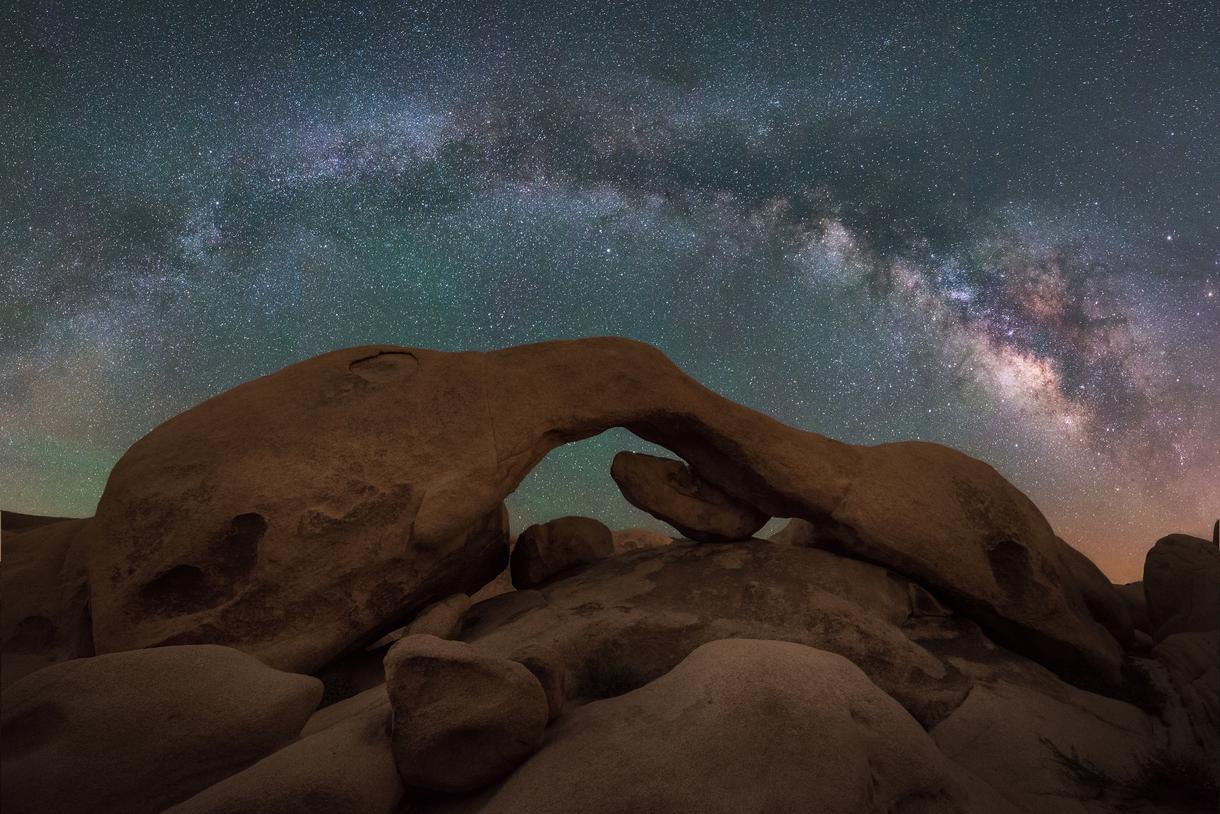
Adding to the fun facts about Joshua Tree National Park is that it has one of the darkest skies in Southern California. The exciting opportunities to view the Milky Way galaxy create the perfect setting for desert glamping. While the southern reaches of the park do get some levels of light pollution from Palm Springs, the eastern and northern ends are great for stargazing. The Dark Sky Association even designated Joshua Tree as an International Dark Sky Park in an effort to preserve its nighttime atmosphere.

Does your business rank among the best in California?
nominate a businessLearn more about our selection criteria and vetting process.
Joshua Tree National Park is located where the Colorado Desert touches the Mojave Desert. This means that some local hiking trails can actually pass through both of those sand lands. In other words, you can actually brag about trekking two different deserts in just one day — besides knowing this fact about the California deserts. The distinct ecosystems that you’ll come across even create a unique hiking experience packed with scenic views and interesting encounters.

It is reported that the oldest rocks in Joshua Tree National Park date back 1.4 to 1.7 billion years. Four different subunits of these metamorphic rocks exist, the Joshua Tree Augen Gneiss being the oldest one. Formerly composed of granite, the minerals in the Joshua Tree Augen Gneiss migrated into bands due to being exposed to high temperatures and pressures. Quartz and dolomite make up the higher layers of rocks.
One Joshua Tree fun fact that’s wrapped in mystery is the tale of William Keys. After running a series of scams at Scotty’s Castle in Death Valley, Keys did some time in prison. He later took a job as a miner in Joshua Tree. Following the bankruptcy of the mine owner, he took all the mining equipment and built his own homestead. A lengthy feud with a fellow homesteader ended with Keys returning to jail — this time, however, for murder. Although a technicality allowed him to be acquitted afterward, it was clear to everyone that he did it. But did he?
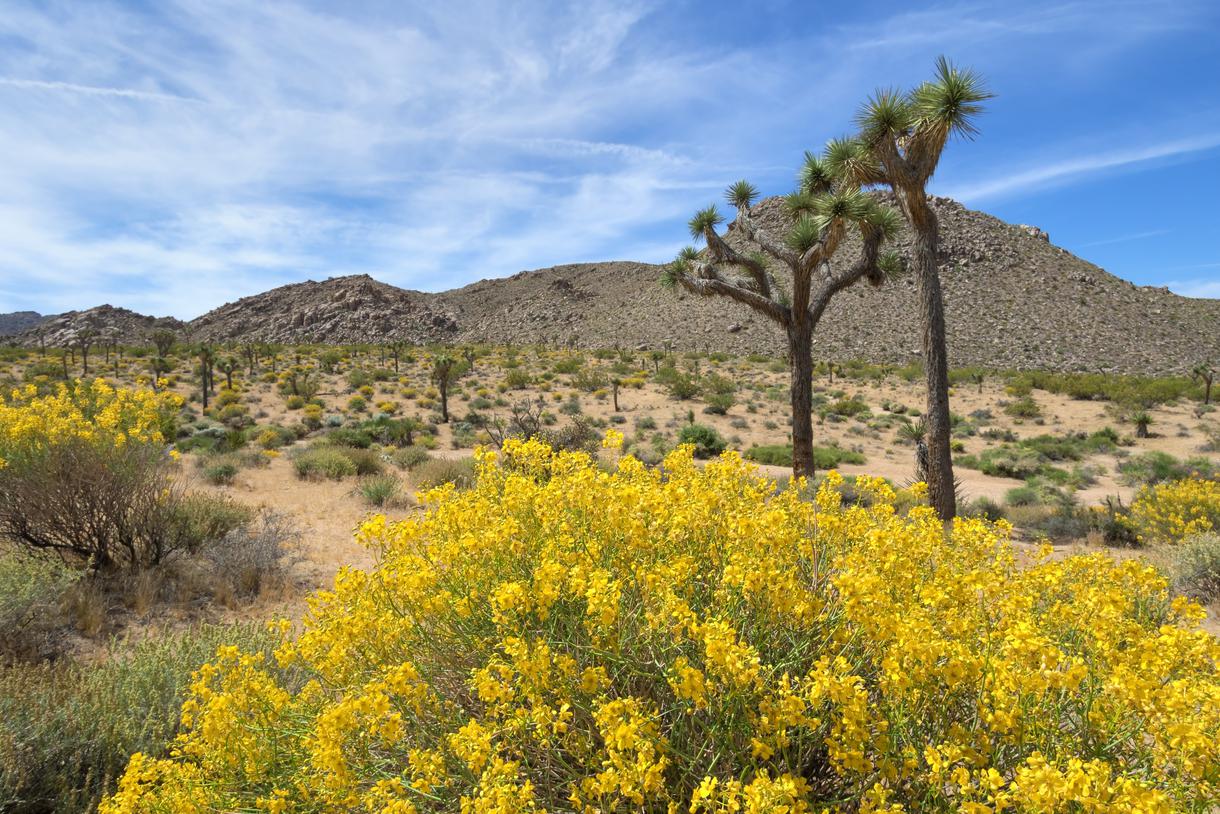
More than 750 plant species are known to exist in Joshua Tree National Park, making up 12% of California’s native flora and 33% of the desert region’s taxa. The park is also home to 44 rare species of plants, a lot of which are in danger from mining, urbanization, and off-road driving. One example of a federally threatened species is the parish’s daisy, a perennial herb native to the Golden State.
With over 8,000 paths for climbing, bouldering, and highlining, Joshua Tree is the hotspot for rock climbers. This popularity as a rock climbing destination, however, has negatively impacted the vulnerable desert environment including the flora and fauna that live there. In an effort to preserve the natural beauty of the national park, visitors are urged to follow the Leave No Trace principles when partaking in outdoor activities in Joshua Tree.


Never been before? We’ll be your trustee Little Tokyo guide with a day’s worth of fun things to do in Little Tokyo.

People go on Memorial Day weekend getaways as an indirect celebration of life. How do you plan on celebrating the long weekend?

From undulating mountains, to coastal expanses, to verdant forests, here are some of the top spots for backpacking in California.
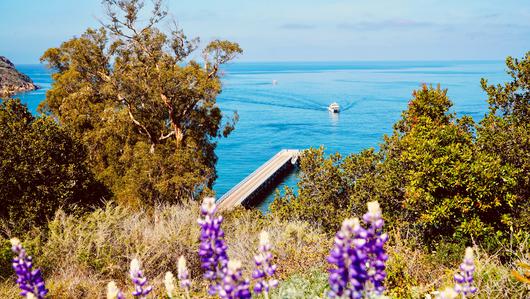
Settled off the California coast, the Channel Islands offer endless adventures. Here are the best things to do and how to get there.

